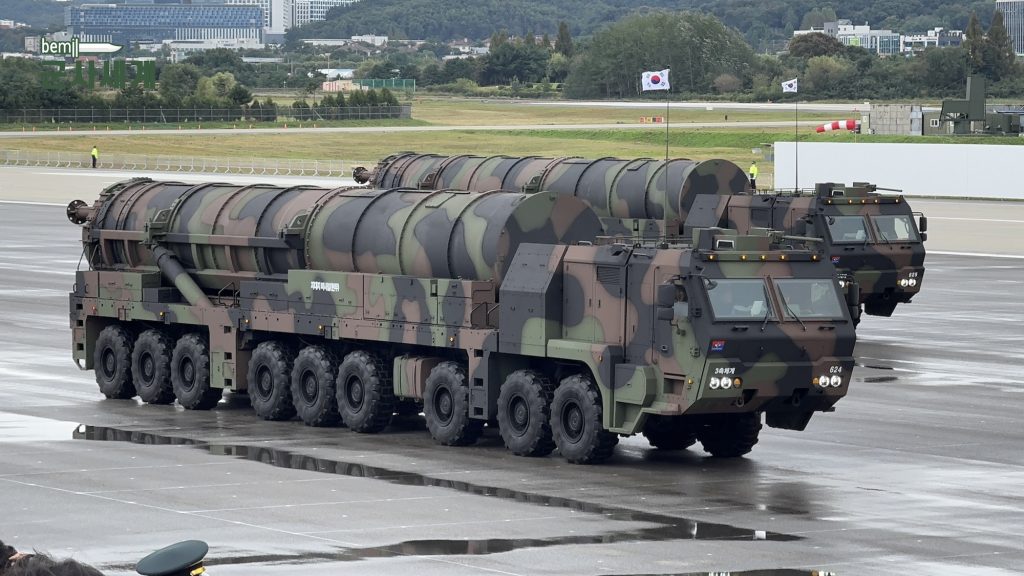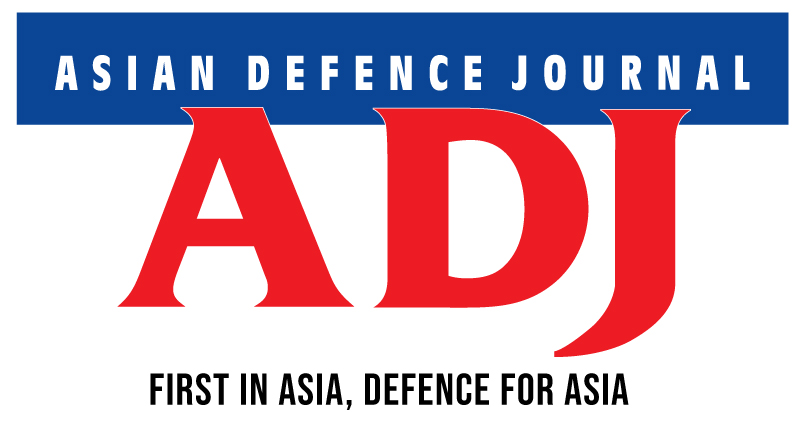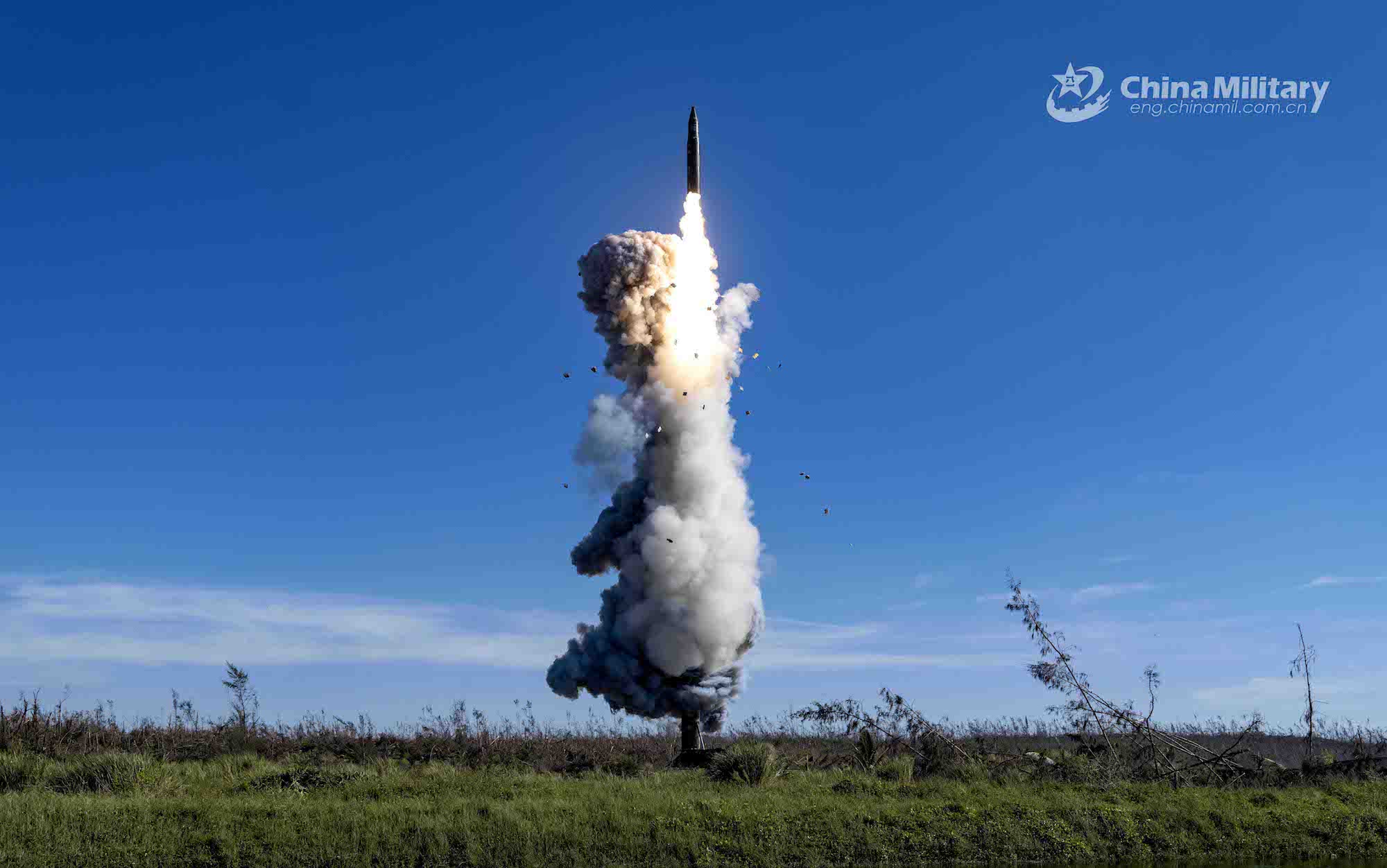Asia going ballistic
FOLLOWING South Korea’s inaugural public reveal of its latest Hyunmoo-5 surface-to-surface ballistic missile, the region has seen cruise and ballistic missiles take centre stage in ongoing tensions.

Carried aboard two 9-axled transporter erector launchers (TEL), the Hyunmoo-5 is central to the Republic of Korea Armed Forces’ Massive Punishment and Retaliation (KMPR) plan against a major North Korean attack. It is reportedly able to carry a 8 to 9-tonne payload in the form of a conventional warhead capable of penetrating deep into the earth and destroy underground bunkers anywhere in North Korea. It is the latest in the Hyunmoo family of missiles comprising ballistic and cruise missiles, the preceding Hyunmoo-4 was unveiled at last year’s parade and can only deliver a two-tonne payload in comparison to the Hyunmoo-5.
On Sept 12, North Korea fired multiple short-range ballistic missiles (SRBM), flying as far 360 kilometres before splashing down into the East Sea. The North then test-fired another barrage of SRBMs on Sept 18, flying about 400 kilometres. The launch came immediately after North Korea disclosed its uranium-based nuclear facility.
A China Ministry of National Defense (MND) statement said, “the Rocket Force launched an intercontinental ballistic missile (ICBM) carrying a dummy warhead to the high seas in the Pacific Ocean at 08:44 am on Sept 25, and the missile fell into expected sea areas”. Furthermore, it added that “the launch by the Rocket Force was part of routine annual training, complied with international law and was not directed against any country or target”.
The latest ICBM in PLA service is known as the DF-41, entering service in 2017 and possessing an operational range between 12,000 and 15,000 kilometres, capable of reaching the US mainland. It marks the first publicly known occasion in the past 44 years where China successfully carried out an atmospheric ICBM test.
Also on Sept 25, the US and Philippines agreed to indefinitely station the Typhon mid-range missile system in the northern Philippines, despite Chinese protests stating its deployment “could destabilise the region”. The Typhon is a land-based transporter erector launcher (TEL) which can fire the SM-6 surface-to-air missile and Tomahawk cruise missiles. It had been initially deployed to the Philippines for joint drills in the country in April but was not fired. With a range of 1,600 kilometres, the Tomahawks could potentially reach China.-shp/adj/dl (Pix:MND,BEMIL)



